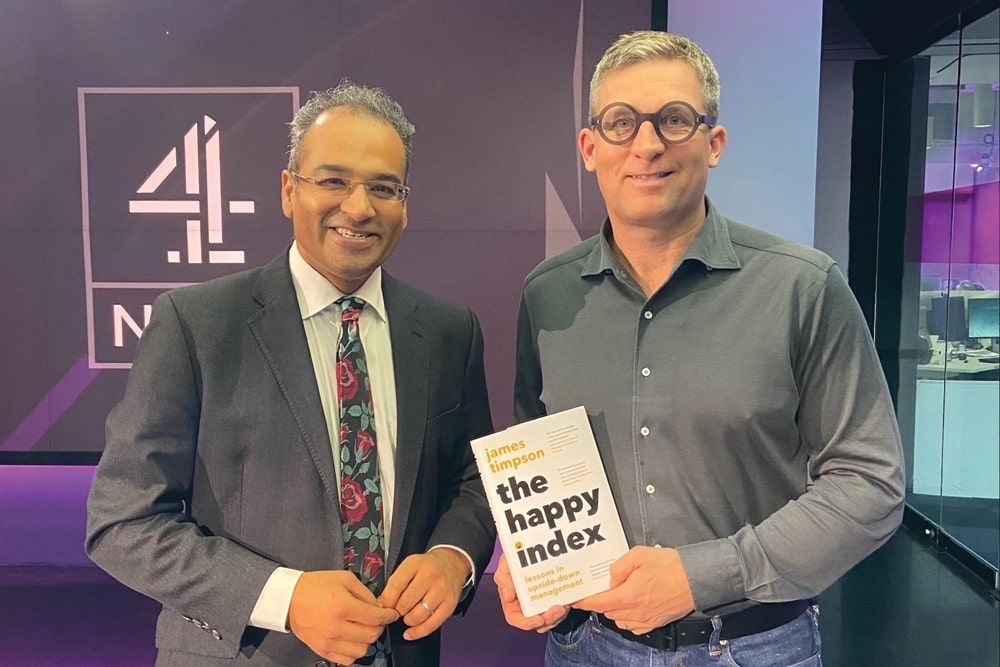Health & Wellbeing
Looking after colleagues is priority number one
Every colleague has access to mental, physical and financial wellbeing support. It’s our most important business commitment, and it always will be.
We want all colleagues to feel their very best, so we offer tools and resources that help colleagues when they need it the most.

Confidential Counselling
Our experienced mental health professional supports colleagues with issues impacting their lives.

Free Counselling Helpline
Colleagues have 24-hour access to an independent helpline for issues with family, debt, drugs & more.

Doctor Home Visits
When a colleague is sick, we can arrange for a doctor to visit them at home & help get them better.

Private Medical Care
Colleagues will have access to private medical care and specialist support in certain circumstances.

Financial Support
Our interest-free hardship fund helps colleagues with money troubles in an emergency.

Physical Wellbeing
From free flu jabs to stop-smoking incentives, we help colleagues maintain strong physical health.
Colleague happiness is what drives us
We’re incredibly proud of our caring culture. Showing colleagues care, respect and recognition is a good start, but we’re also proactively helping colleagues lead happier and healthier lives.

Happy Index
Alongside a weekly morale survey, we run an annual Happy Index where colleagues can tell us how they feel and provide constructive feedback about the business.
These surveys not only help us stay connected with colleagues, but also provide the insights we need to make positive changes to our health and wellbeing strategy.

Director of Happiness
Meet the wonderful Janet Leighton, our very own Director of Happiness. She spends her time listening, supporting and assisting colleagues in a crisis.
From helping to resolve personal problems to coming up with fantastic new colleague benefits, Janet’s here to empower and engage colleagues to keep everyone smiling.
Listen to our colleagues talk about mental health
It’s always good to talk. These real-life stories put a spotlight on the experiences of our courageous colleagues.
